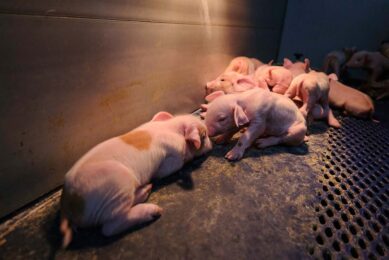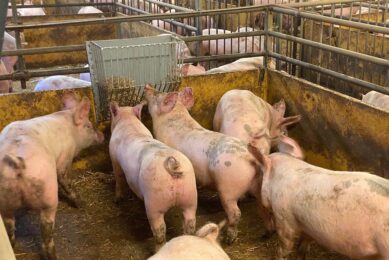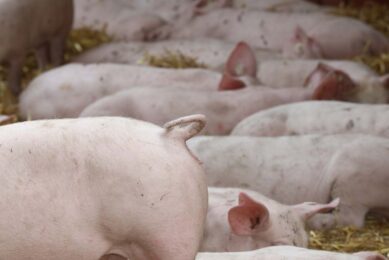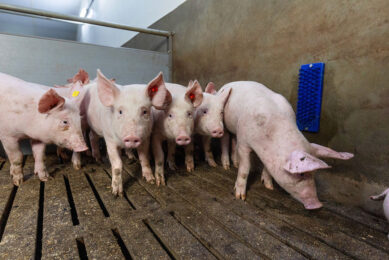Automatic piglet behaviour detection for early enteric disorder diagnosis
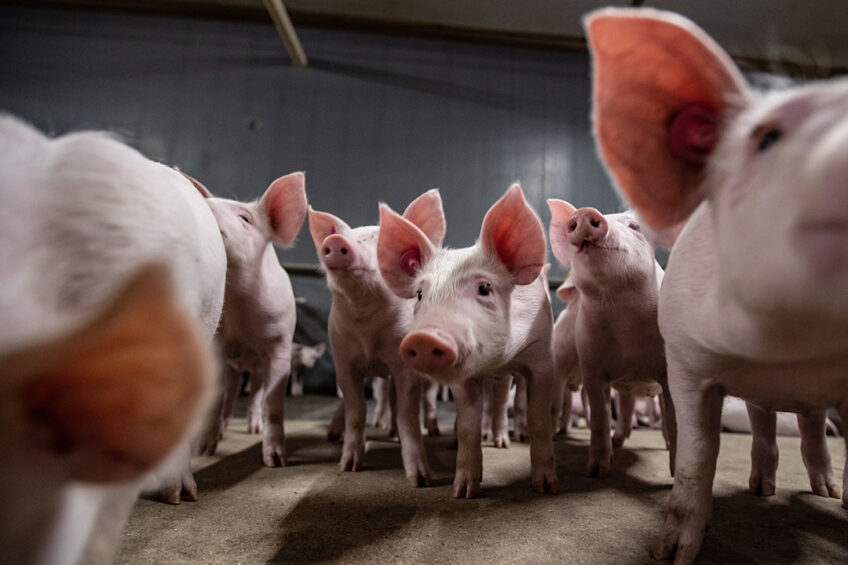
A new study in the Journal of Frontiers in Veterinary Science has shown that automated monitoring of piglet behaviour using visual imaging can provide early detection of enteric disorders in post-weaning piglets. The method uses several established models to quantify piglets’ behaviours and postures, providing a reliable diagnostic tool for detecting enteric disorders, such as post-weaning colibacillosis, and preventing further spread within a group.
The research article by Ilias Kyriazakis, Ali Alameer, Katarína Bučková, and Ramon Muns from Queen’s University Belfast and Agri-Food and Biosciences Institute, United Kingdom, evaluates an automated method based on visual imaging to monitor post-weaning piglets’ behaviours and postures with diagnostic value for enteric disorders detection.
Data collection
The team monitored a total of 360 crossbred Duroc x (Large White x Landrace) piglets were from 10 days of age. They offered the piglets creep feed containing no antimicrobials. The piglets were weaned and moved to nursery accommodation at 28 days. The piglets got 1 of 3 diets at weaning:
a starter diet with added zinc oxide;
a starter diet without any additional zinc oxide;
a starter diet with added antibiotic including Apramycin to control post-weaning diarrhea of bacterial origin.
These 3 dietary treatments manipulated the risk of enteric disorders in the immediate post-weaning period. At the end of the starter treatment period, all piglets were offered the same grower diet. The team recorded body weight for each individual piglet, and the average daily gain, the average daily feed intake, and feed conversion ratio. They conducted fecal consistency scoring, and used video cameras to monitor standing and non-standing posture and feeding and drinking behaviour differences associated with post-weaning diarrhea.
Several well-established models
The team used several recent well-established models, including You Only Look Once (YOLO), centrenet, EfficientDet, SSD, and Faster RCNN to detect piglet behaviours. The YOLO model achieved the highest performance across all dataset classes. The team used it as a primary platform for the quantification of piglets’ behaviours and postures. This method detected feeding behaviour robustly with a high average precision of 0.96. Drinking behaviour scored the lowest performance across all data classes with an average precision of 0.7. A possible cause of this was the low number of annotated images for this behaviour across the dataset due to the farm settings, where 1 drinking source was installed per pen.
Age and pre-weaning body weight
Age and pre-weaning body weight affected post-weaning average daily feed intake and body weight. Piglets which were heavier pre-weaning consumed more feed and were heavier post-weaning. The animals fed zinc oxide and antibiotics had an improved feed conversion ratio. Piglets fed antibiotics and zinc oxide were more likely to have improved (lower) fecal score. Animals fed a diet without any additional zinc oxide had the lowest fecal dry matter content, whereas piglets supplemented with zinc oxide had the highest fecal dry matter content.
Piglets on diets without zinc oxide had the highest drinking behaviour index because piglets with post-weaning diarrhea may need to drink more water to compensate for the water loss associated with diarrhea. In addition, post-weaning diarrhea is frequently accompanied by inappetence, changes in drinking behaviour, and changes in posture and locomotion. Moreover, the non-supplemented piglets showed an increase in the standing behaviour index because they are at higher risk of post-weaning diarrhea and piglets prefer to stand whilst defecating.
In conclusion, the researchers suggest that this automated method is useful as the basis for an early warning system where changes in behaviour can function as an alarm to trigger action by the animal keeper to deal with the consequences of enteric disorders in weaned piglets.



